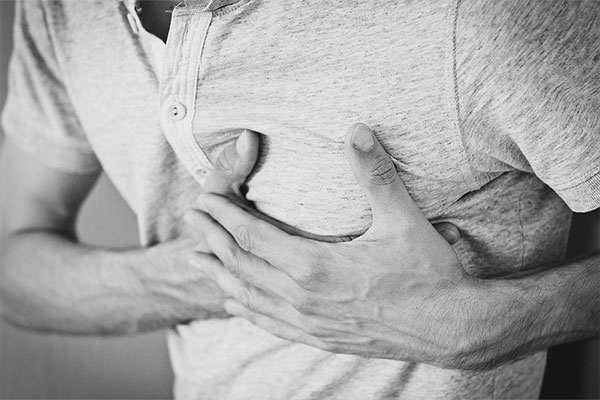You’re sleeping peacefully when suddenly you’re jolted awake—your toes feel like they’re trying to touch your nose, and the pain is intense. That’s a muscle cramp: a sudden, involuntary contraction of a muscle.
Cramps can strike anyone, and they’ve been frustrating people for as long as we can remember. They’re never fun, and sometimes they can even cause lingering muscle soreness or damage.
The Usual Advice: Magnesium and Electrolytes
Most people are told the same thing: take magnesium or increase electrolytes. And yes, sometimes this works. But in my experience working with clients, the results are very mixed. Some notice real improvement, while others see little to no change.
Meanwhile, cramps during a treatment or workout can be especially disruptive. Everything comes to a halt for five minutes or so until the cramp eases up. Then, just when things get going again, the cramp may return—causing more discomfort and wasted time.
A Different Way of Looking at Cramps
The turning point came when I started connecting the dots differently. Instead of focusing only on minerals and hydration, I looked at muscle function.
One key insight was the connection between the hamstrings and the neck. By addressing this relationship, I noticed cramps dropped by about 70%. That was my “aha!” moment.
From there, I observed which muscles were most likely to cramp. The pattern became clear: the muscles that cramped most often were inhibited muscles—the ones that weren’t pulling their weight.
Why Some Muscles Cramp and Others Don’t
Take the hamstrings, for example. They can either be:
-
- Facilitated (dominant): These muscles are strong and active, and they almost never cramp.
- Inhibited (passive): These are underactive muscles, and they have a much higher chance of cramping.
So, the problem isn’t always electrolytes—it’s often muscle imbalance.
The Simple Fix
Here’s the surprising part: if a muscle cramps, the best solution is to activate it.
By getting the muscle to fire and engage properly, the cramping usually stops—or at least becomes much less frequent.
Instead of just waiting out the pain, you can take action. The more balanced and active your muscles are, the less likely you are to wake up with that dreaded toe-to-nose cramp in the middle of the night.
At-Home Tips to Reduce Cramps
If you deal with cramps regularly, try these simple stretches at home:
-
- Neck stretch: Gently tilt your head side to side and forward to release tension and improve the hamstring–neck connection.
- Quad stretch: Stand and pull one foot back toward your glutes, holding for 20–30 seconds on each side. Keeping the quads active and flexible helps balance the hamstrings and reduces cramping risk.
Adding these stretches into your daily routine can make a big difference in keeping cramps away.

